Home>Dining>Tableware>How To Arrange Place Settings For Silverware
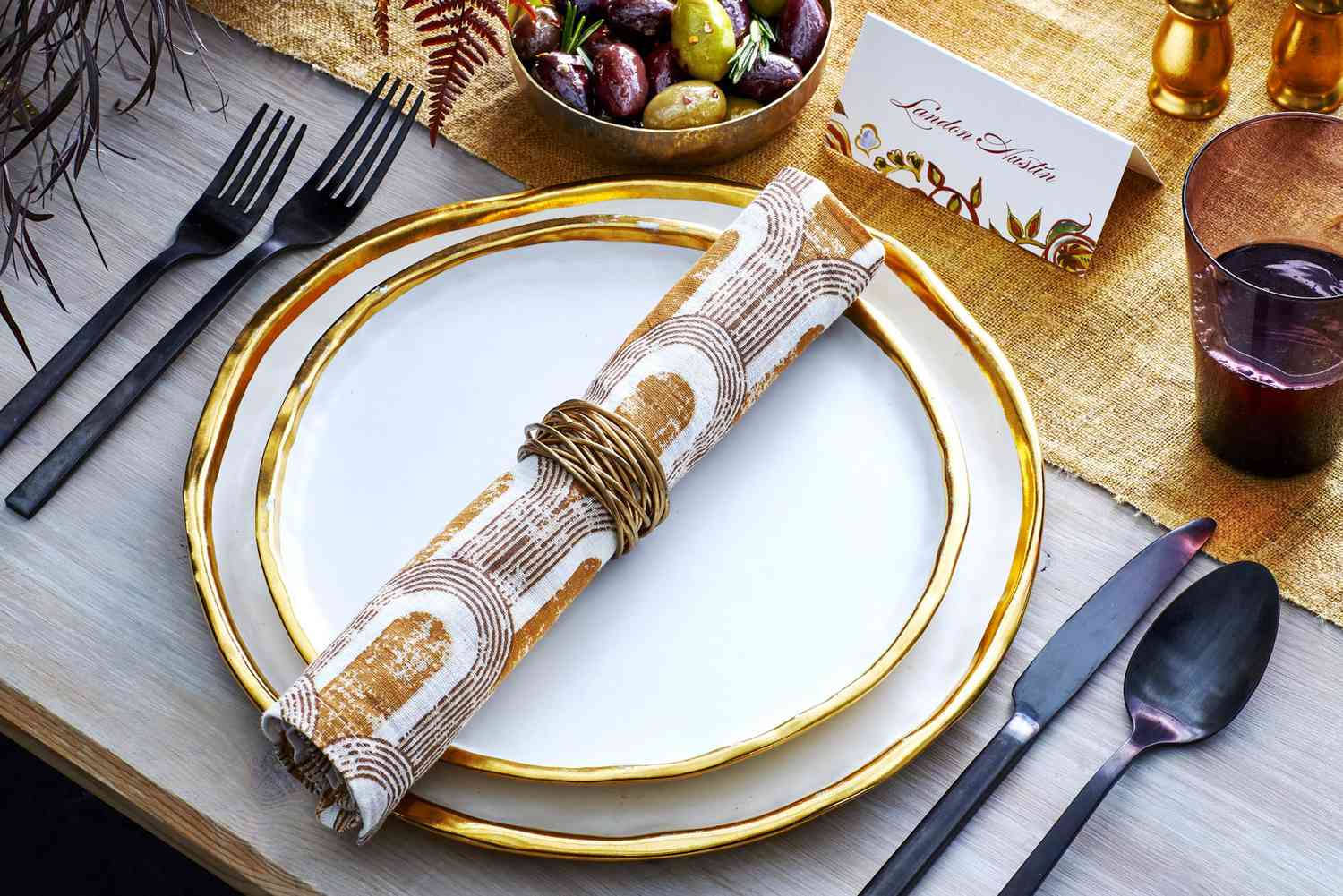

Tableware
How To Arrange Place Settings For Silverware
Modified: May 6, 2024
Learn how to arrange place settings for silverware with our helpful guide. Discover the proper tableware placement for a stylish and organized dining experience.
(Many of the links in this article redirect to a specific reviewed product. Your purchase of these products through affiliate links helps to generate commission for Storables.com, at no extra cost. Learn more)
Introduction
Welcome to the world of tableware, where the art of arranging place settings becomes an experience in elegance and sophistication. When hosting a meal, whether it’s a casual get-together or a formal dinner party, paying attention to the details of your table setting can elevate the dining experience for your guests. Mastering the art of arranging silverware is not only about aesthetics but also about creating a functional and comfortable dining environment.
In this article, we will explore the basic principles of place settings, including the proper arrangement of plates, silverware, glasses, and specialty utensils. We will also delve into the considerations for different dining occasions and the etiquette that accompanies them.
So, get ready to transform your table into a work of art and impress your guests with your attention to detail. Let’s dive into the world of arranging place settings for silverware.
Key Takeaways:
- Elevate your dining experience by mastering the art of arranging place settings for silverware. Follow basic principles, choose the right tablecloth, and position plates, utensils, glasses, and specialty items for a visually pleasing and functional table setting.
- Impress your guests with a sophisticated and refined dining experience. Learn to seamlessly transition between multiple courses, consider formal dining etiquette, and create an atmosphere where guests feel pampered and honored.
Read more: How To Arrange Silverware In A Place Setting
Basic Principles of Place Settings
Before we dive into the specifics of arranging silverware, it’s important to understand the basic principles of place settings. A well-organized table setting is not only visually pleasing but also ensures that each guest has everything they need within arm’s reach.
The first principle to consider is symmetry. Place settings should be arranged symmetrically along the table, creating a balanced and harmonious look. This means that everything should be evenly spaced, with plates and utensils aligned in a straight line parallel to the table’s edges.
The second principle is functionality. Each place setting should provide easy access to the necessary utensils and glasses. For right-handed guests, forks are placed to the left of the plate, and knives and spoons are placed to the right. Glasses are positioned above the knives, to the right of the plate.
The third principle is simplicity. Avoid cluttering the table with unnecessary items. Stick to the essentials – the dinner plate, salad plate, bread plate, corresponding silverware, and appropriate glasses. Additional specialty utensils, such as oyster forks or butter knives, should only be included if they are necessary for the particular meal being served.
It’s also important to consider the spacing between place settings. Each guest should have enough room for comfortable dining, with proper spacing between chairs. A good rule of thumb is to leave at least 24 inches of space between each place setting to ensure ease of movement.
By adhering to these basic principles, you can create a visually pleasing and functional table setting that sets the stage for an enjoyable dining experience.
Choosing the Right Tablecloth and Napkin
When it comes to arranging place settings, the tablecloth and napkin play a pivotal role in enhancing the overall aesthetic appeal of the table. The right choice of fabric, color, and texture can set the tone for the dining experience. When selecting a tablecloth, consider the occasion and the overall theme or ambiance you want to create. For formal events, opt for a crisp and luxurious fabric like damask or linen. For more casual gatherings, a simple cotton or polyester blend can work well. Choose a color that complements the rest of your table setting arrangement and the surrounding decor. It’s important to ensure that the tablecloth is sized appropriately. Ideally, it should hang down about 10-12 inches from the edge of the table on all sides. This allows for a graceful drape and prevents the tablecloth from interfering with the guests’ movements. Napkins, on the other hand, can be as versatile as your imagination allows. Consider folding techniques to add a touch of creativity to your table. Use a simple fold for casual occasions and more intricate folds, like the fan or the pyramid, for formal events. The placement of the napkin depends on your preference and the overall design of the table setting. One common approach is to place the napkin on the dinner plate or to the left of the forks. Alternatively, you can opt for a napkin ring or folding the napkin into a decorative shape and placing it on top of the dinner plate. Remember, the tablecloth and napkin should complement the rest of your table setting without overpowering it. Choose fabrics and colors that enhance the overall aesthetic while still allowing the other elements, like the silverware and dinnerware, to shine. By giving careful consideration to the tablecloth and napkin, you can create a cohesive and visually appealing table setting that sets the stage for an unforgettable dining experience.
Placement of Dinner Plate, Salad Plate, and Bread Plate
When arranging a place setting, the placement of the plates is crucial as it sets the foundation for the rest of the tableware. The three main plates to consider are the dinner plate, salad plate, and bread plate.
The dinner plate is the largest of the three plates and serves as the centerpiece of the setting. It should be positioned in the center of each place setting, approximately one inch from the edge of the table. Make sure it is aligned with the other plates across the table, creating a visually pleasing and balanced look.
To the left of the dinner plate, place the salad plate. The salad plate is typically smaller in size and can be easily distinguished by its size and the absence of a rim. It should be positioned about one inch above the forks, parallel to the edge of the table. This placement ensures that it is conveniently accessible to the guest.
To the left of the salad plate, place the bread plate. The bread plate is typically smaller in size and can be easily distinguished by its size and the presence of a small indentation or a bread knife. It should be positioned slightly above and to the left of the salad plate. This arrangement allows for easy access to the bread and butter during the meal.
Remember to maintain a consistent placement of the plates throughout the table. This creates a sense of symmetry and orderliness, enhancing the overall aesthetic appeal of the table setting.
When it comes to plate placement, simplicity is key. By following these guidelines, you can effortlessly create a well-organized and visually appealing table setting that will impress your guests and elevate their dining experience.
Arranging Forks, Knives, and Spoons
When it comes to arranging silverware, the placement of forks, knives, and spoons plays an important role in maintaining proper table etiquette and ensuring ease of use for your guests. Let’s dive into the details of arranging each type of utensil:
1. Forks: Place the forks to the left of the dinner plate. From the outside in, arrange the forks in the order they will be used. The salad fork should be the farthest to the left, followed by the dinner fork. If a seafood course is being served, include a smaller seafood fork on the far left, outside of the salad fork.
2. Knives: Place the knives to the right of the dinner plate. The cutting edge of the knife should face the plate. The dinner knife should be the farthest to the right, followed by any specialty knives for specific courses, such as a steak knife or a fish knife. If a soup course is being served, position the soup spoon to the right of the dinner knife.
3. Spoons: Place the spoons to the right of the knives. The dessert spoon should be placed horizontally above the dinner plate, with the handle facing to the right. If soup is being served as a main course, the soup spoon can be positioned to the right of the dinner knife.
For informal dining, all the necessary utensils can be set out at once. However, for more formal occasions, it is common to bring out the utensils one course at a time, replacing them as needed.
Remember to leave sufficient space between each utensil to prevent them from overcrowding and tangling with one another. Aim for about one inch of space between each piece, ensuring that your guests can easily access the utensils without any confusion.
By following these guidelines, you can arrange your forks, knives, and spoons in an organized and visually appealing manner, ensuring a seamless and comfortable dining experience for your guests.
When arranging place settings for silverware, start by placing the dinner fork on the left and the dinner knife on the right, with the blade facing the plate. The soup spoon can go to the right of the knife, and the dessert fork or spoon can be placed horizontally above the plate.
Read more: How To Arrange Place Settings
Positioning Glasses and Cups
When it comes to arranging glasses and cups in a place setting, proper positioning is key to creating an elegant and organized table setting. Here are some guidelines to follow:
1. Water Glass: The water glass is typically the largest glass in the place setting and is positioned directly above the knives, to the right of the dinner plate. It should be placed about one inch above the tips of the knives. The positioning of the water glass makes it easily accessible to guests throughout the meal.
2. Wine Glasses: If wine is being served, wine glasses should be placed to the right of the water glass. The general rule of thumb is to arrange the glasses in the order in which they will be used, from left to right. The white wine glass should be positioned closest to the water glass, followed by the red wine glass. If a champagne toast is planned, a champagne flute can be placed on the far right.
3. Coffee or Tea Cup: If coffee or tea will be served during the meal, place the cup and saucer to the right of the wine glasses. The handle of the cup should face towards the right. If space is limited and there is no room for a cup and saucer, a coffee mug can be placed above and to the right of the knives, with the handle facing towards the right.
It’s important to note that glassware should be aligned with the overall symmetry of the table setting. Ensure that the glasses are evenly spaced and aligned with the edges of the table. This creates a visually pleasing and harmonious look.
It’s also worth mentioning that the number of glasses may vary depending on the type and number of beverages being served. Adjust the placement accordingly, but always remember to maintain a balance and proper spacing between the glasses to avoid overcrowding the table.
By following these guidelines, you can arrange glasses and cups in an organized and aesthetically pleasing manner, adding an elegant touch to your table setting.
Including Specialty Utensils
Specialty utensils can be a beautiful addition to your place setting, adding a touch of refinement and elegance to the dining experience. These utensils are designed for specific dishes or courses and should be included when appropriate. Here are some common specialty utensils and how to incorporate them into your table setting:
1. Oyster Fork: If you are serving oysters or other types of shellfish, you can include an oyster fork in your place setting. The oyster fork is smaller and has three short tines. Place it to the left of the dinner fork.
2. Butter Knife: If bread or rolls will be served, a butter knife can be included. Place it horizontally across the top of the bread plate, with the handle facing towards the right. This allows guests to easily reach for the knife when they need it.
3. Dessert Utensils: If you plan to serve a dessert that requires specific utensils, such as a cake or pie, include them in the place setting above the dinner plate. The dessert fork should be placed closest to the plate, followed by the dessert spoon. If a dessert is served in a stemmed glass, such as a mousse or parfait, a dessert spoon can be placed to the right of the wine glass.
4. Cheese Knife: For a cheese course, a cheese knife can be placed with the dessert utensils. Its purpose is to cut and serve cheese. Position it above the dessert utensils on the right side of the plate.
When including specialty utensils, be mindful of the layout and balance of the place setting. Ensure that the utensils are arranged symmetrically and do not overcrowd the table. If there are multiple specialty utensils for different courses, consider bringing them out as the courses are served, replacing the appropriate utensils as needed.
Remember, the inclusion of specialty utensils should be based on the specific meal or occasion. If they are not necessary, it is perfectly acceptable to omit them from the table setting.
By incorporating specialty utensils when appropriate, you can add a touch of sophistication and refinement to your place setting, enhancing the overall dining experience for your guests.
Dealing with Multiple Courses
When hosting a meal with multiple courses, it’s important to consider how to properly set the table for each course and ensure a smooth transition between them. Here are some guidelines to help you navigate the arrangement of silverware and plates for multiple courses:
1. Soup or Salad Course: If your meal begins with a soup or salad course, the soup spoon or salad fork should be placed to the right of the dinner plate. The soup spoon is typically placed on the outside, to the right of all the utensils. The salad fork is placed to the left of the dinner fork.
2. Main Course: Once the soup or salad course has been completed, it’s time to transition to the main course. Remove the soup spoon or salad fork if they are no longer needed. The dinner plate will remain in place, as it serves as the base for the main course. Any necessary utensils, such as the dinner fork, knife, and spoon, should already be in place from the initial setup.
3. Dessert Course: After the main course, you may serve a dessert course. If this is the case, bring out the appropriate dessert utensils, such as the dessert fork and spoon, and place them above the dinner plate. The dessert fork should be closest to the plate, followed by the dessert spoon.
4. Coffee or Digestif Course: If you plan to serve coffee or a digestif after the meal, provide a coffee cup and saucer or a small glass for the beverage. Place them to the right of the dessert utensils, with the handle of the cup facing towards the right.
5. Clearing Plates and Utensils: As each course is finished, it’s important to clear the plates and utensils from the previous course before bringing out the next one. This ensures that the table remains neat and uncluttered. Utensils can be placed on a separate plate or utensil rest, or you can provide a fresh set of utensils for each course.
By following these guidelines, you can create a seamless transition between courses and ensure that the table remains organized and aesthetically pleasing throughout the meal.
Remember, the order and number of courses may vary based on the type of meal you are serving, and it’s important to adapt the table setting accordingly. Communication with your guests and attentive service are also crucial in ensuring a smooth flow of the meal.
By effectively dealing with multiple courses, you can create an enjoyable and well-coordinated dining experience for yourself and your guests.
Additional Considerations for Formal Dining
Formal dining occasions require extra attention to detail and adherence to proper etiquette. Here are some additional considerations to keep in mind when arranging table settings for formal dining:
1. Charger Plates: Charger plates, also known as service plates, are large decorative plates that are placed underneath the dinner plate. They are not meant to be used for food and are primarily used for aesthetic purposes. Charger plates can add elegance and sophistication to your table setting, and they are typically removed before the main course is served.
2. Tableware Placement: In formal dining settings, tableware placement can become more complex. As a general rule, arrange the flatware in the order it will be used from the outside inwards. Each course may have its own set of utensils, which should be brought out as the courses are served.
3. Bread and Butter: If bread and butter are being served, include a bread plate and a butter knife on the table. The bread plate should be placed to the left of the dinner plate, slightly above the forks. The butter knife can be placed across the bread plate diagonally, with the handle on the right-hand side.
4. Napkin Folding: In formal dining, napkins are often folded in a decorative manner. Popular folding techniques include fan folds, pyramid folds, or intricate designs that showcase craftsmanship and attention to detail. The folded napkin can be placed on top of the dinner plate or to the left of the forks.
5. Place Cards: For larger formal gatherings, place cards can be used to assign seating to guests. Place cards are typically placed above or on the edge of the dinner plate. They help guests find their designated seats and create a sense of order and organization.
6. Floral Arrangements and Decor: Formal dining settings often incorporate elaborate floral arrangements and table decor. These elements should be carefully coordinated with the overall color scheme and theme of the event. Floral arrangements should be kept low and centered to allow easy conversation across the table.
Remember, in formal dining settings, attention to detail is key. Each element of the table setting should be meticulously arranged to create a visually stunning and cohesive display.
By considering these additional factors for formal dining, you can elevate the dining experience and create a sophisticated atmosphere that will impress your guests.
Read more: How To Place Silverware When Finished
Conclusion
Arranging place settings for silverware is not just about functionality but also about creating an aesthetically pleasing and harmonious table setting. By following the basic principles of place settings, choosing the right tablecloth and napkin, and arranging the dinner plate, salad plate, and bread plate, you can set the foundation for a beautiful table arrangement. Properly placing forks, knives, and spoons, as well as positioning glasses and cups, further enhances the dining experience.
When appropriate, including specialty utensils adds an extra touch of elegance and refinement to the table setting. Dealing with multiple courses requires careful consideration of the arrangement and clearing of plates and utensils, ensuring a seamless dining experience for you and your guests.
In more formal dining occasions, additional considerations such as charger plates, tableware placement, decorative napkin folding, place cards, and floral arrangements should be taken into account to create a sophisticated ambiance.
Remember, the art of arranging place settings goes beyond mere organization. It is an opportunity to create an atmosphere where guests feel comfortable, pampered, and honored. Attention to detail and adhering to proper etiquette will elevate any dining experience to new heights.
So, whether you are hosting a casual gathering or a formal dinner party, investing time and effort into arranging place settings for silverware will undoubtedly leave a lasting impression on your guests. By combining functionality, aesthetics, and a touch of creativity, you can transform your table into a work of art and create memorable dining experiences that will be cherished for a lifetime.
Now that you've mastered setting up your silverware for that perfect dinner, why stop there? Take your hosting skills further by learning about optimal quantities for various gatherings. Whether planning a cozy family dinner or a larger festive gathering, knowing how many place settings to prepare makes all the difference. Don't just set the table, set the mood and ensure every guest feels welcomed with just the right amount of tableware.
Frequently Asked Questions about How To Arrange Place Settings For Silverware
Was this page helpful?
At Storables.com, we guarantee accurate and reliable information. Our content, validated by Expert Board Contributors, is crafted following stringent Editorial Policies. We're committed to providing you with well-researched, expert-backed insights for all your informational needs.
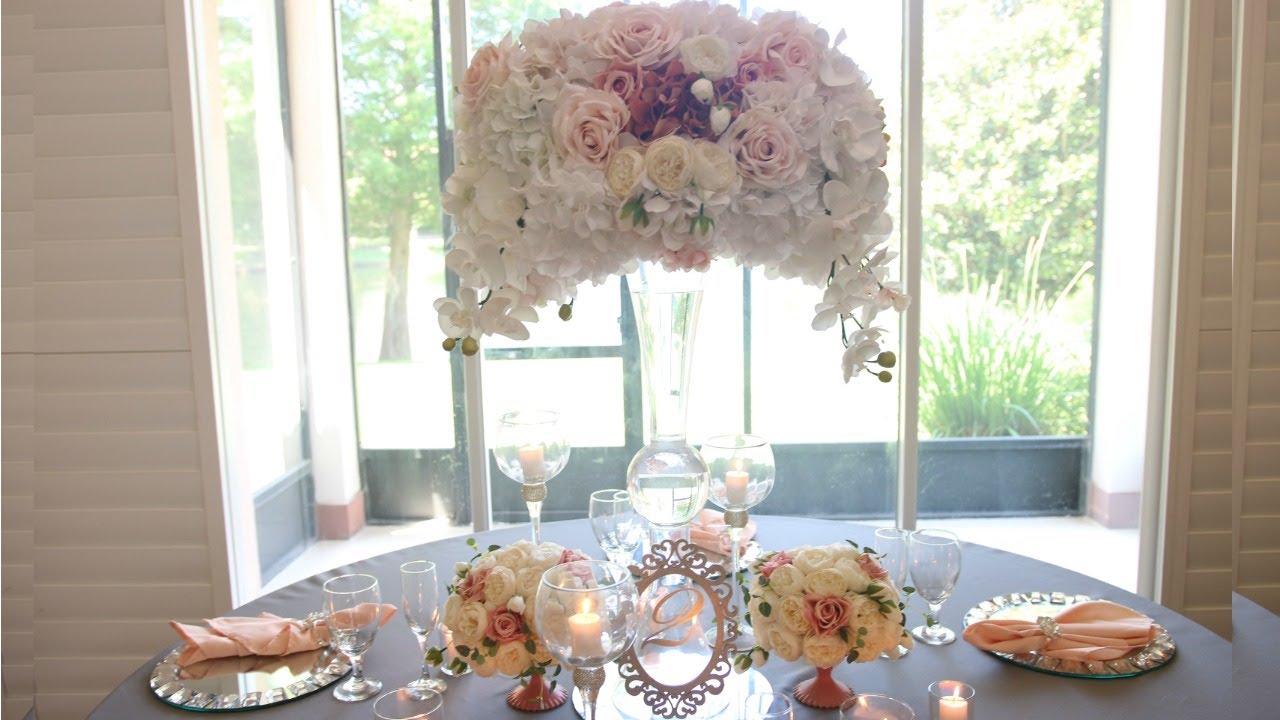
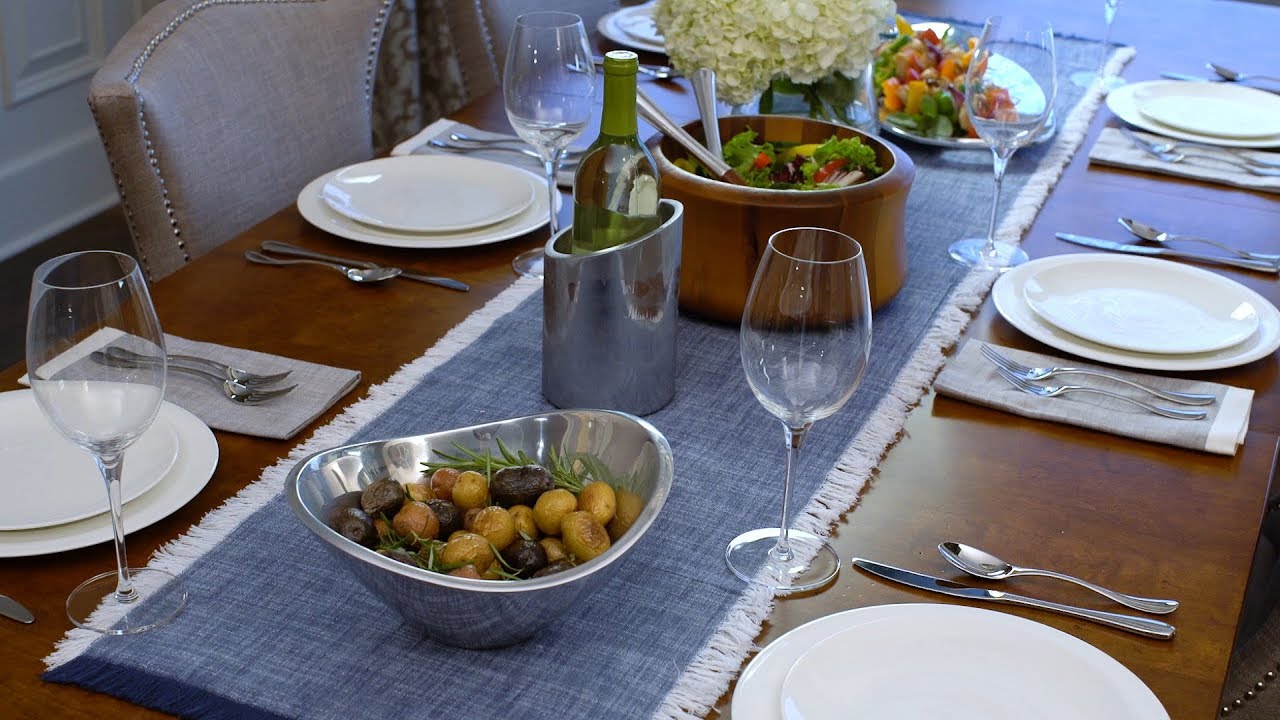
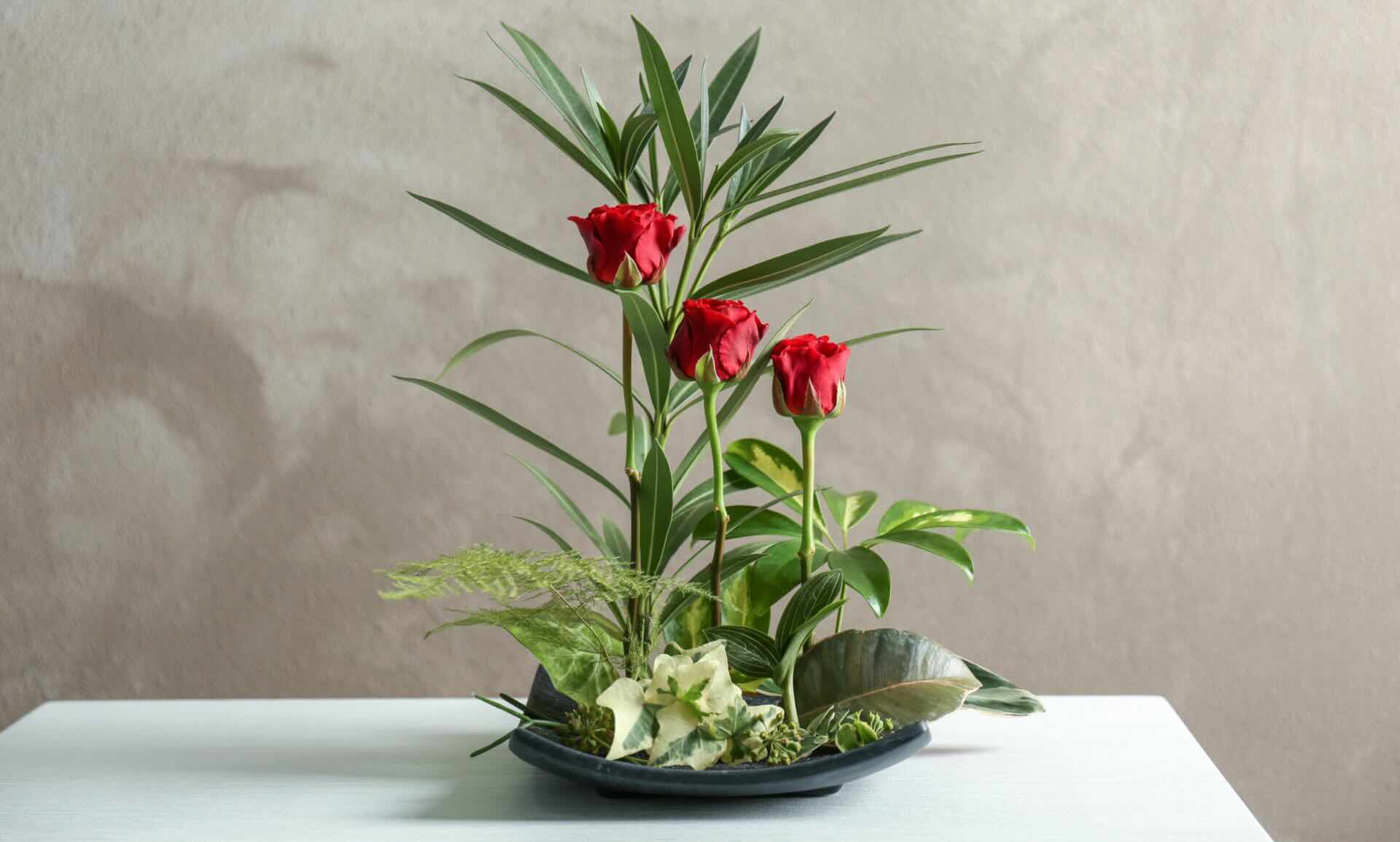
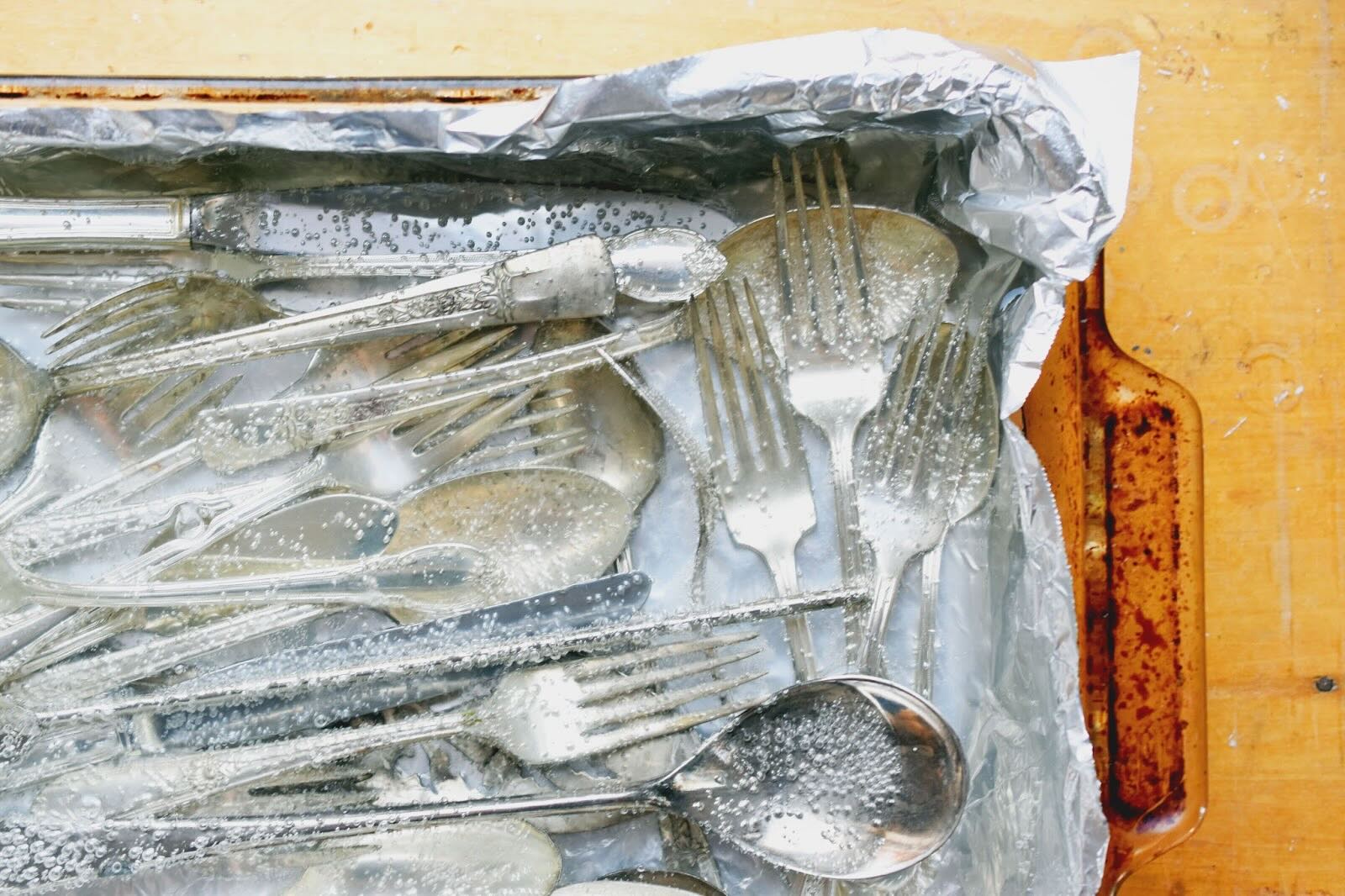
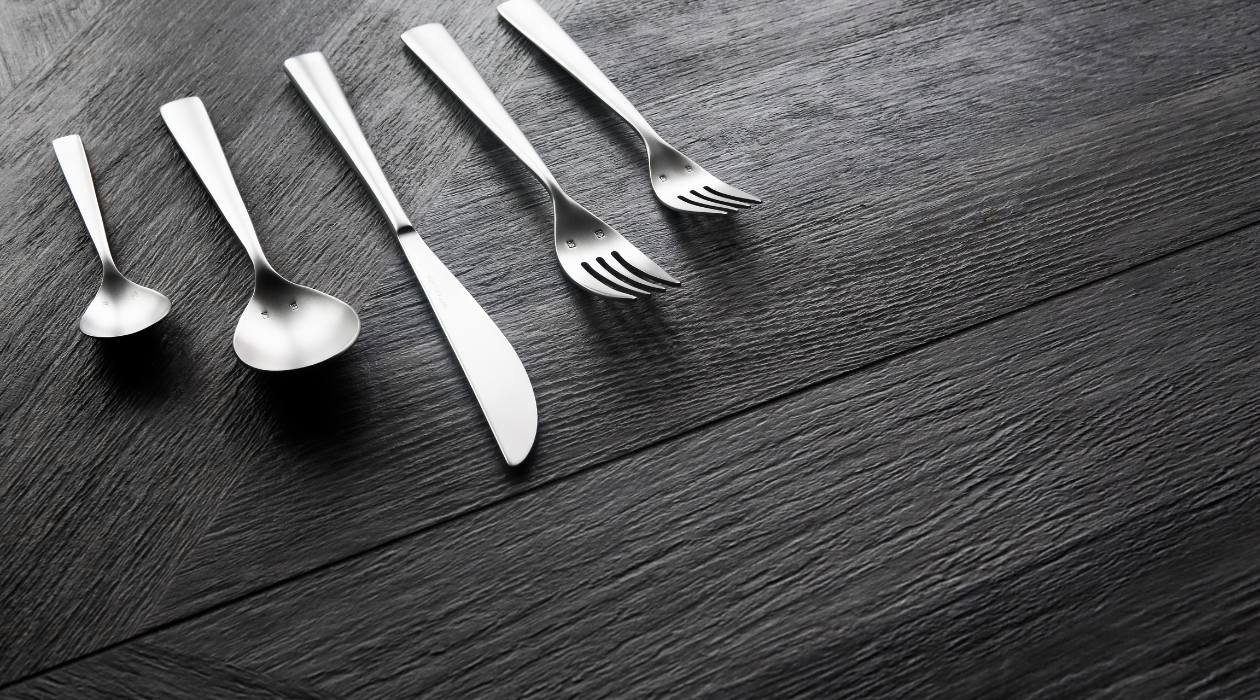
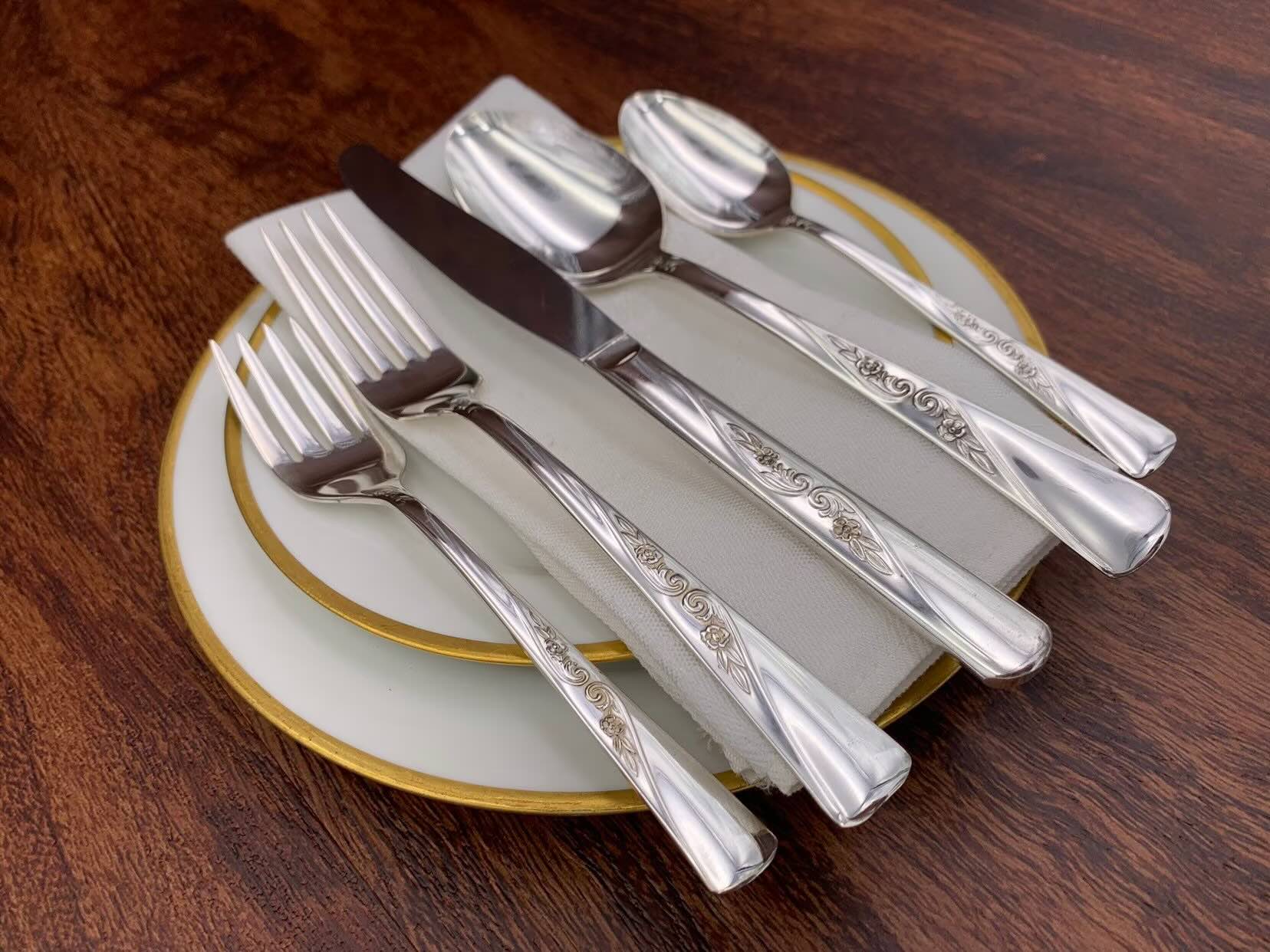
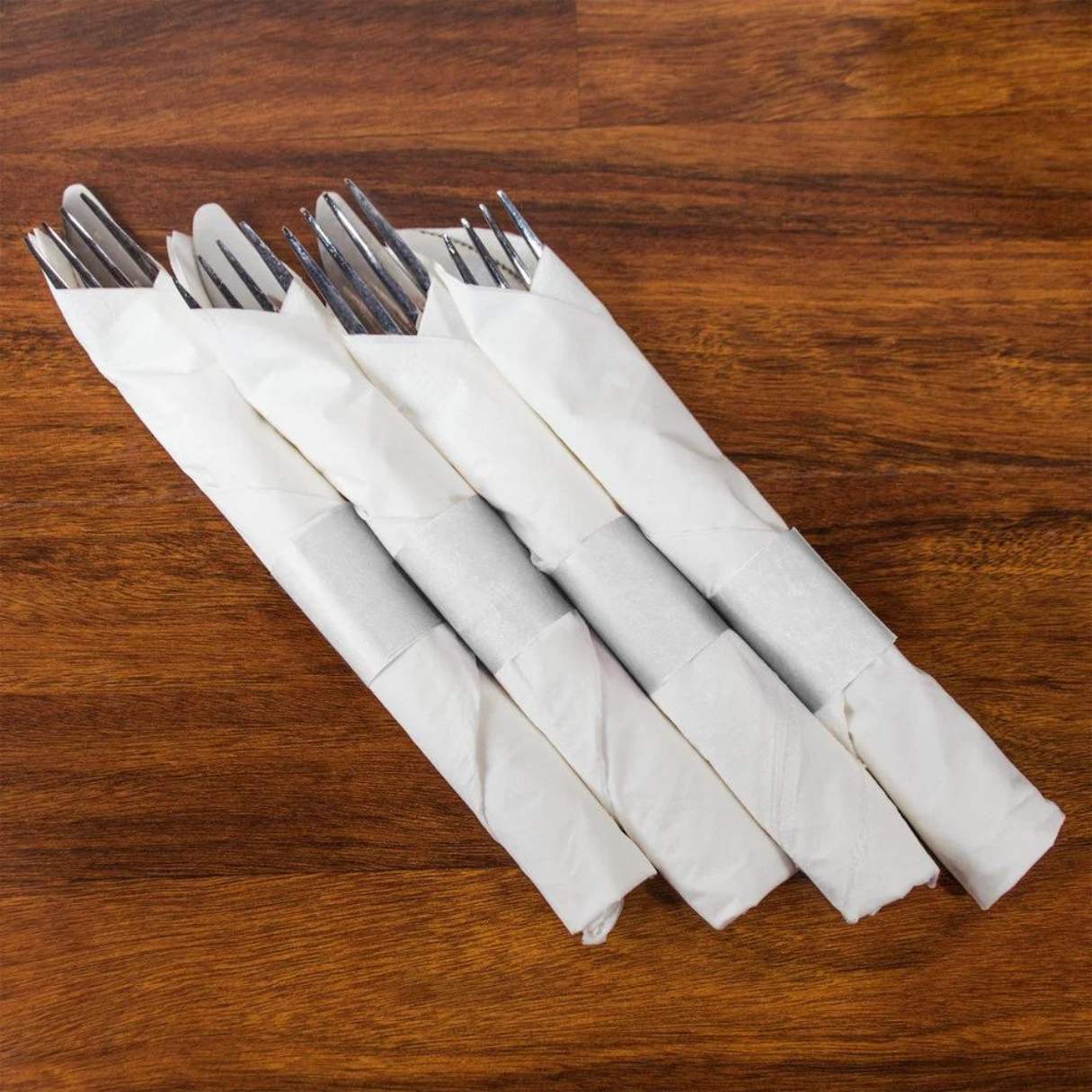
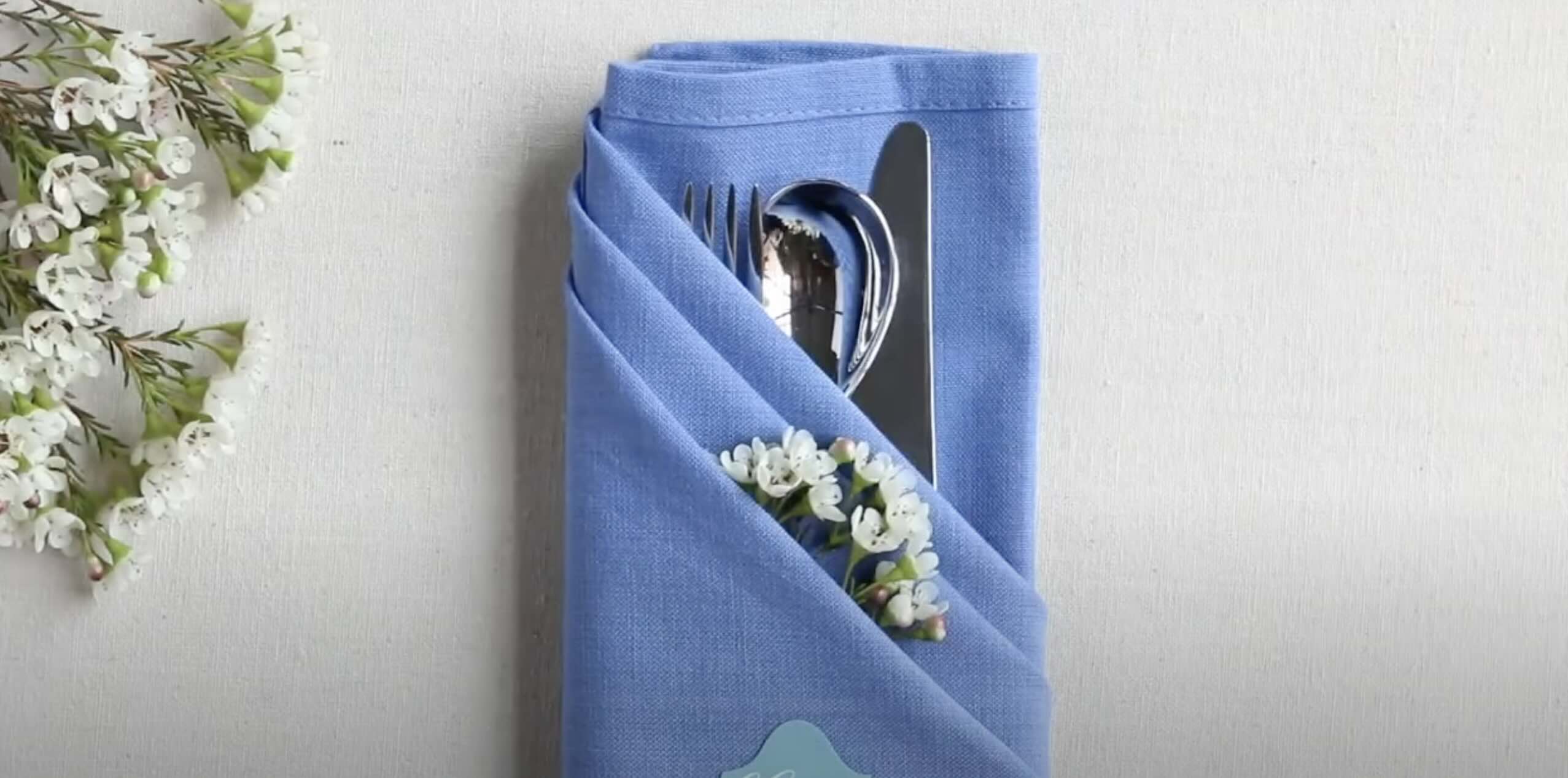
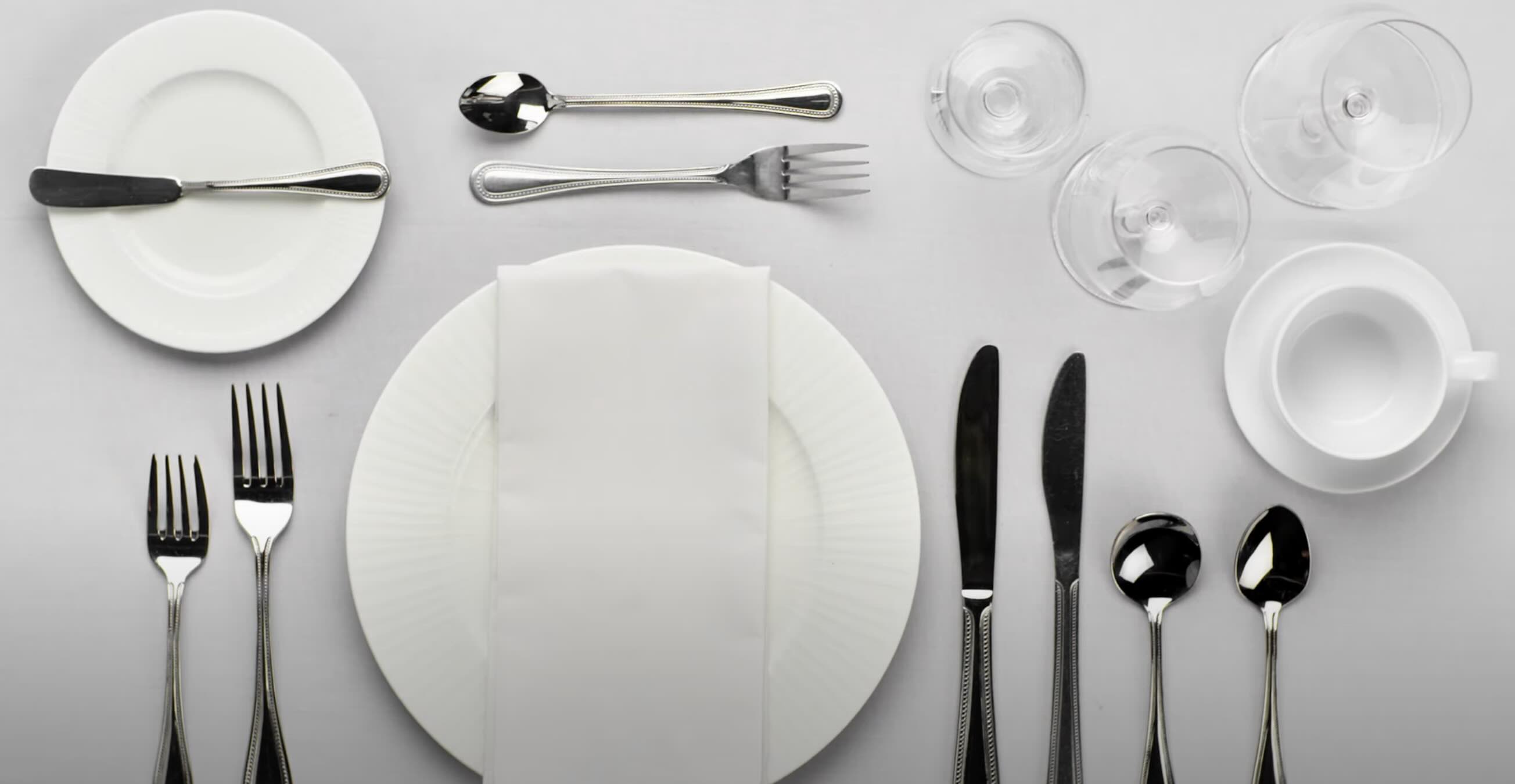
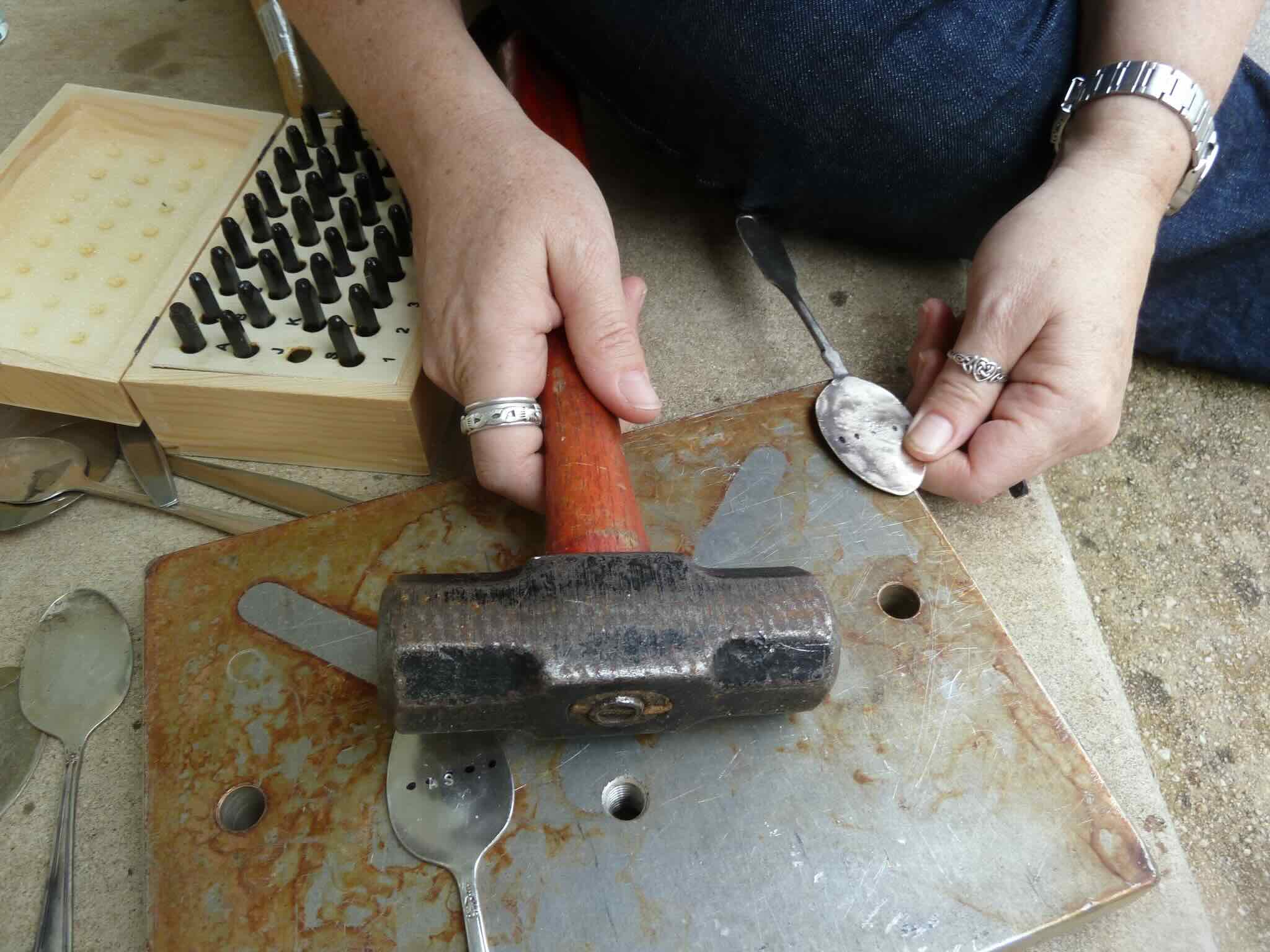
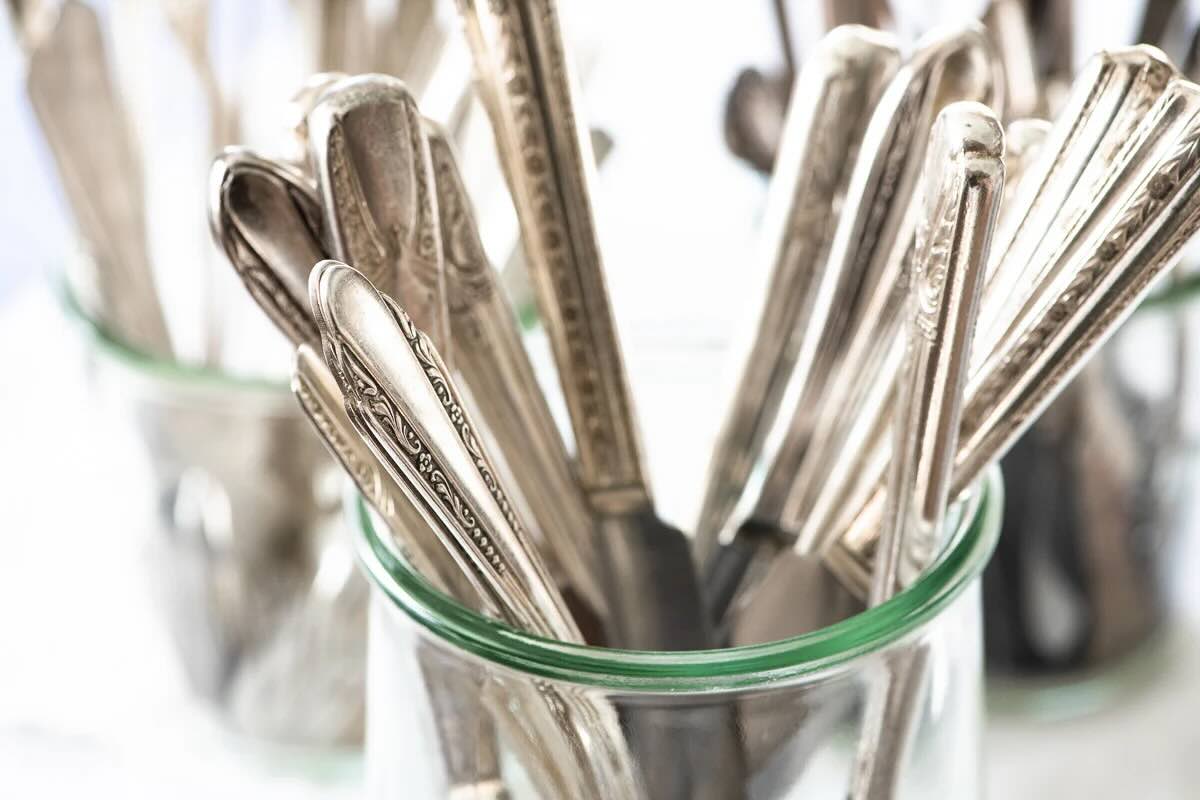
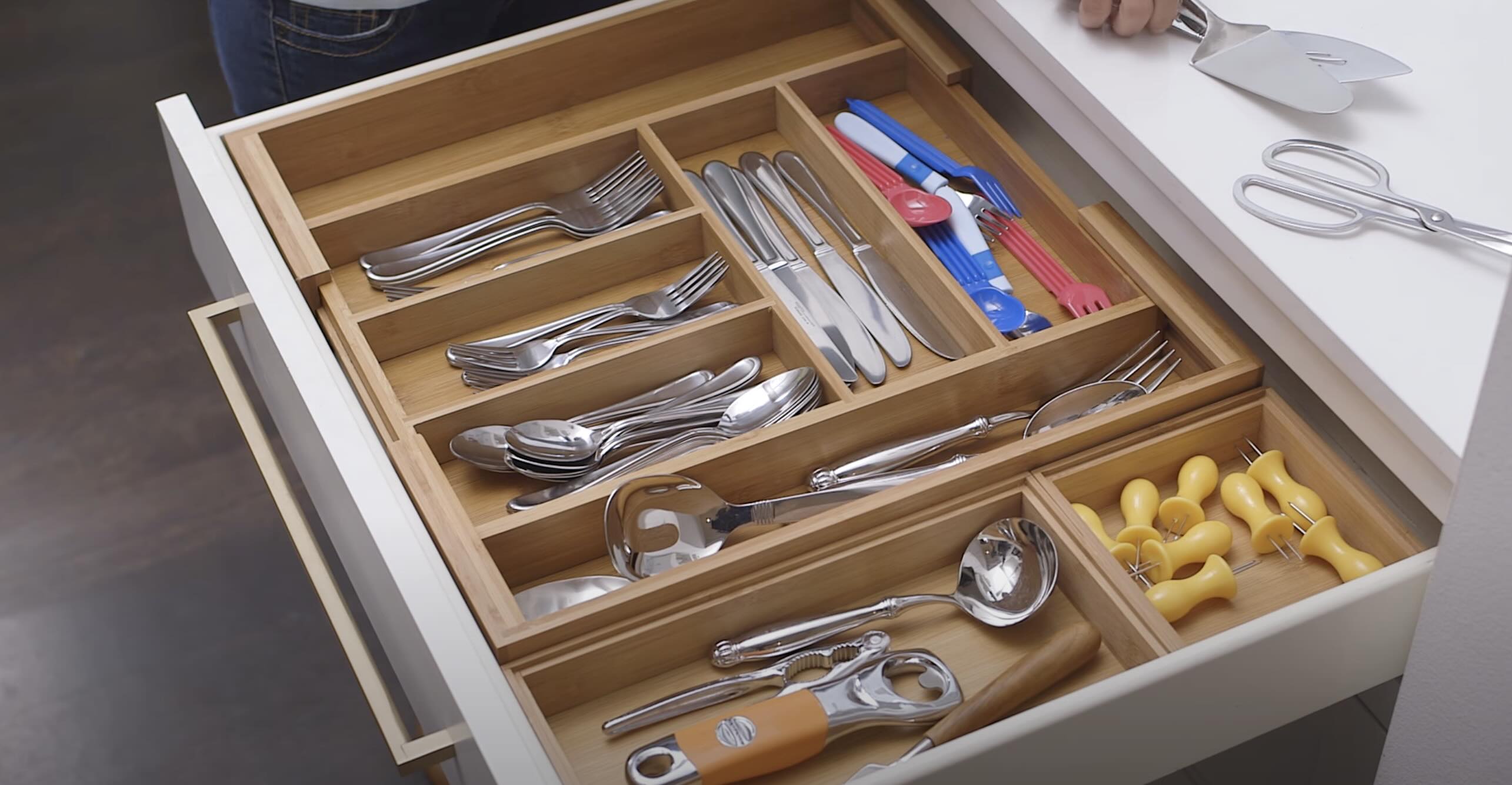
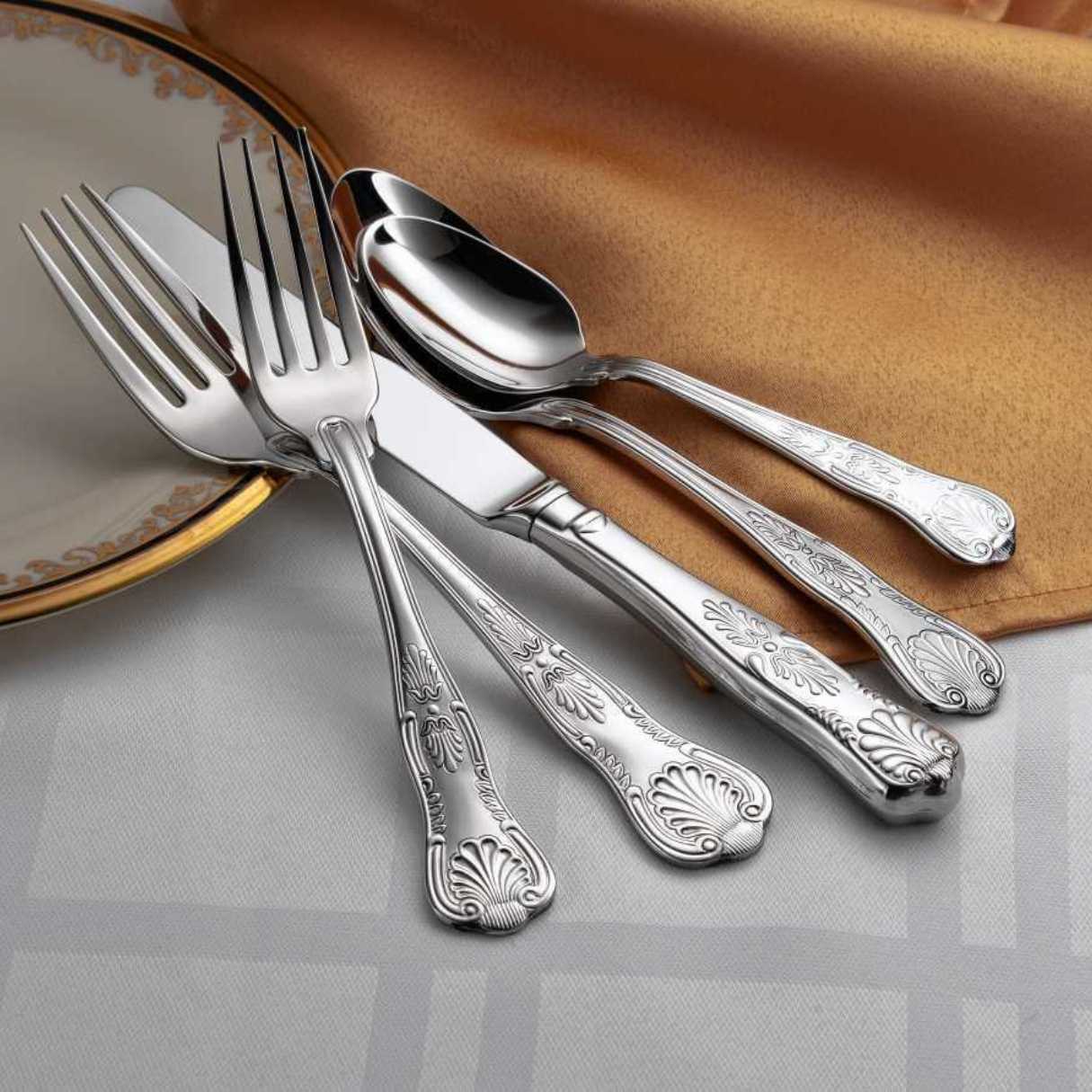

0 thoughts on “How To Arrange Place Settings For Silverware”